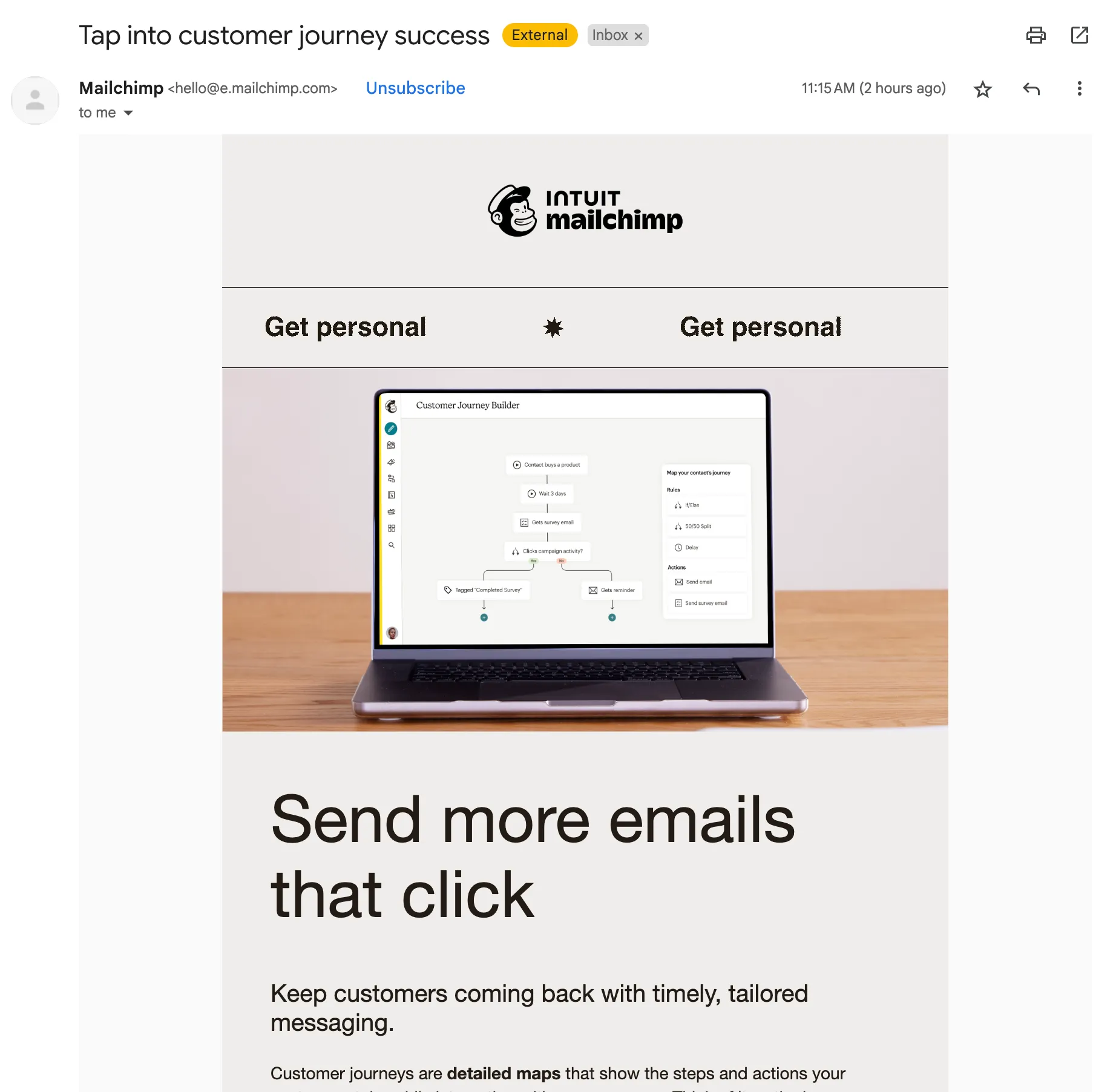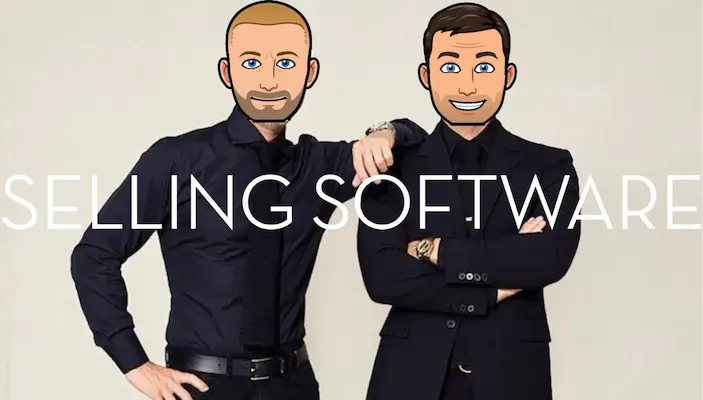When we launched DoltHub, our data sharing website similar to GitHub, we set up a standard, automated onboarding workflow. A user would get a series of automated emails after signing up. From what we can tell, this is the norm for website sign up onboarding.
After a couple years, we decided to change to what I like to call a “white glove” onboarding experience. New sign ups get an email from a real person with me cc’ed. If it’s a work email the user gets a follow up directly from me. The goal is to get the user to talk to us. We get about a 1-2% response rate which is far higher than we would get with an automated flow. This article dives into that process a bit more.
As always, we’re Selling Software!
What is Selling Software About?#
If you’re new to DoltHub, let’s set the table a bit about what we do and what we sell.
Our primary product is Dolt, the world’s first and only version controlled SQL database, which is proudly free and open source. Our product competes with other open source online transaction processing (OLTP) databases, MySQL and Postgres. Dolt has version control features other databases do not have. Open source databases generally monetize via support, hosting, or enterprise editions though the company or foundation building the database is not always the best at monetizing it.
Dolt supports Git-like version control of databases. Git is monetized by remote hosting and collaboration platforms like GitHub and GitLab. Dolt has similar products called DoltHub and DoltLab respectively.
So, following those sales strategies from our two technological influences, at DoltHub we sell:
Most of our revenue is split evenly between support, Hosted Dolt, and DoltLab Enterprise. DoltHub Pro is not a big money maker for us yet.
Our primary marketing is done through our blog which you are reading right now. We publish five articles per week. We notify potential readers of new articles on LinkedIn, X, and Reddit. Some of our blog content is catered towards search which tends to be the best channel for generating new interest.
Additionally, we do a booth at a conference about once per quarter.
We do customer engagement through our Discord, email, and GitHub Issues. I send a weekly update email to everyone who has signed up for DoltHub. This area is the focus of this article.
Once we identify a potential customer as a lead, Brian takes over and works the lead until it’s closed, positively or negatively.
This is a pretty simple sales motion but it took a while to land here. This blog series will explain how we got here.
Normal Onboarding#
It seems like common practice for web applications where you create an account to have an automated email driven onboarding flow. Here at DoltHub we made one when we started. There are a ton of tools to do this. We used Mailchimp but there is also Constant Contact and Hubspot Email Marketing.
The idea here is you set up a feed of email addresses that have signed up into one of these tools and then the tool sends templated emails on a schedule. A typical flow would look something like this:
sign up -> immediate email -> 3 day follow up -> 7 day follow upYour email is then on the mailing list and you’ll get hit with promotional email from time to time until you opt out.
These automated emails generally don’t come from a real user. They usually come from marketing@, no-reply@ or something similar.
These emails all kind of look the same. Here’s the latest one I got in my inbox, kind of ironically from Mailchimp itself!

The goal of these emails is to remind the user that they signed up for your product hoping they return to your website and become a customer. Do they work? I never dug too much into the account reactivation metrics from user clicks in the email for DoltHub so I can’t say for our use case. But I would guess it probably works less than 0.1% of the time. But it’s basically free once you set it up so any positive behavior it drives is worth it. As with all marketing, you risk alienating some users who hate getting these types of emails. So, you decide the trade off for your company.
White Glove Onboarding#
After running these emails for a few years, we decided to try a different approach. Instead of focusing on cheap reactivation, we decided we wanted to use this flow to get our users to talk to us. We wanted a human touch. We wanted “white glove” service for new customers, not canned, vapid, automated emails.
So, we first decided the email had to come from a real email. We debated whether it should come from me or Brian, our head of sales, and only non-engineer at the company. I did not want to manage all the incoming mail from “Reply” instead of “Reply All” so we decided it would come from brianf@dolthub.com with me cc’ed.
As I said, our goal was to get the user to talk to us. So, in this case, reply. We experimented with a number of different email texts. We continue to experiment to this day. Right now, we use:
Welcome to the Dolt community. We’d love to learn what you are building.
Tim, DoltHub’s CEO, and I like to reach out personally to every new user. DoltHub is still a small company and we try to give everyone a white glove experience.
The key here is focusing on use cases. What do you want to use DoltHub for? We also note that this is a real human with the CEO watching via cc.
Tactically, this means Brian is combing through sign ups and manually crafting emails. We combine this with a little bit of customer research with some of our sales tools. The flow is not too large so it is still manageable. If we hit a couple of orders of magnitude more scale, we’ll have to rethink the process.
Next, we have an extra step if the email is a work email, not a Gmail or similar address. If the email is a work email, I send a follow up in a reply. I type these myself. If I can think of some color based on the company or email I add it. Otherwise, I send something like:
Work emails get a personal welcome from me. Let me know if you need anything.
—Tim
If we don’t get a reply after a few days, Brian follows up with another prompt to the user to share what he or she is building. Brian uses something simple like:
Thanks again for signing up. Care to share what you are building?
Or, Brian send links to our documentation and Discord. We’re testing both of these approaches.
Here is a link to our docs and you can join us on Discord if you have questions. We are looking forward to learning more about what you are building.
Obviously, if we get a response, both Brian and I engage with the user to answer their questions or comment on their use case. We tend to get around 1-2% response rate from sign ups. We think this is much better engagement than even the best automated onboarding flow could achieve.
This completes the onboarding cycle. These users are automatically signed up for the weekly email list which is our constant outreach mechanism.
Weekly Email#
Our constant outreach mechanism is a weekly email from me, the CEO of DoltHub. I write all weekly updates by hand. We even have a public GitHub repository to prove it. I’ve been writing a weekly email since July 2022. This is a sample of last week’s email.

I average about one reply per week and multiple people have told me they read and enjoy the email every week. I think this engagement is far higher than you could achieve from automated outreach.
Assembling the update highlighting the blogs we published during the week is pretty easy. The hardest part is writing an introduction which is a joke by custom. I would say I spend about an hour a week end-to-end crafting the weekly email.
Conclusion#
We switched to a “white glove” onboarding flow a few years back. It’s more work but we think it generates better engagement from new and existing users. Do you have a better onboarding process? Come by our Discord and let’s chat about it.

